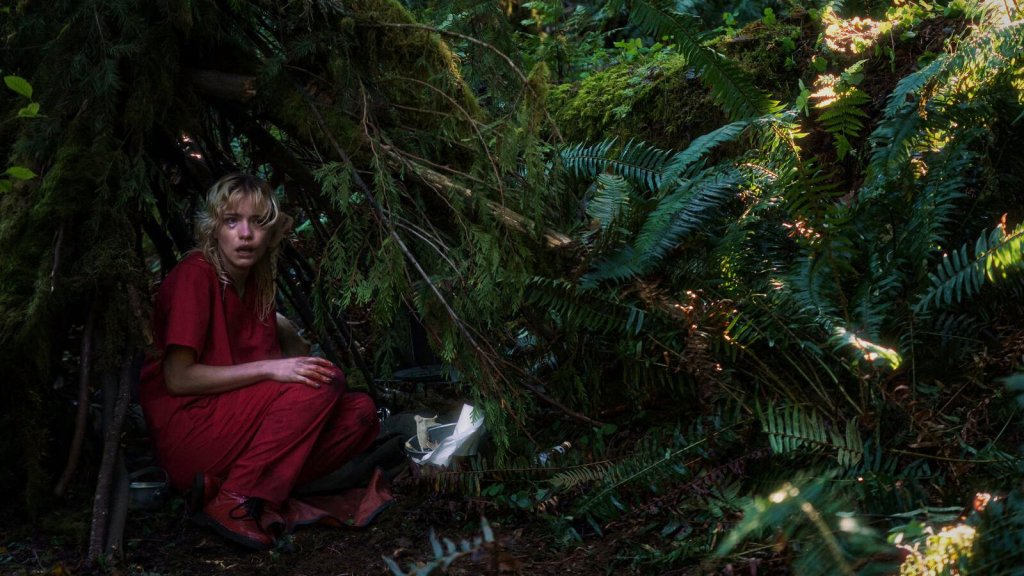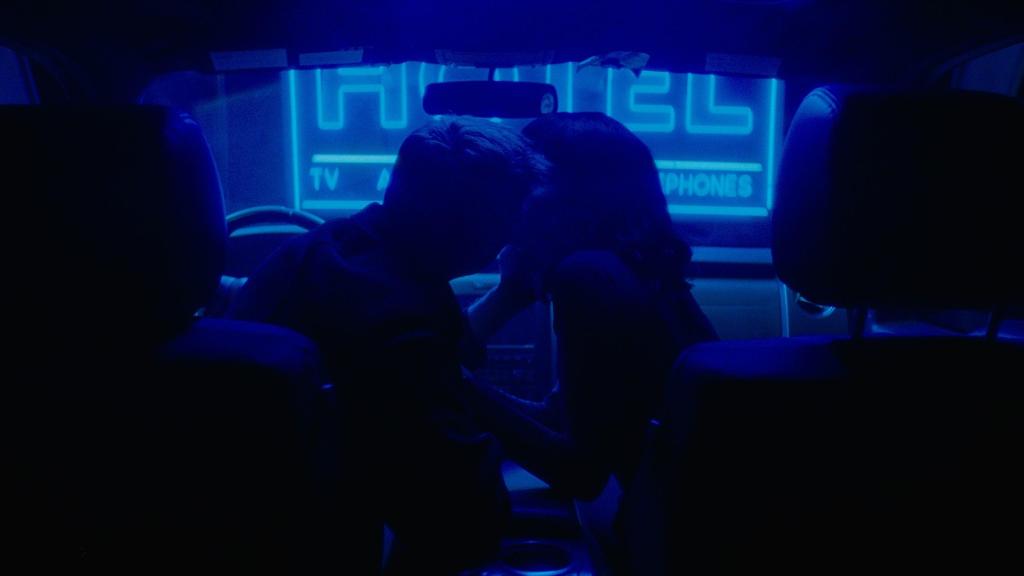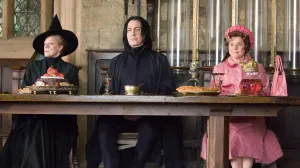Directed and written by JT Mollner (Outlaws and Angels), Strange Darling is without a doubt one of the best films in recent years. The thriller stars Willa Fitzgerald as “The Lady” and Kyle Gallner as “The Demon.” Divided into six chapters in a non-linear order, the film follows a one-night stand that turns into a deadly cat-and-mouse chase for these two. Initially, it seems like The Demon is simply hunting The Lady with the sole intention of killing her. However, as more chapters are revealed and we find out more about the characters, it becomes clear that not everything is as it seems.
Videos by ComicBook.com
WARNING: Spoilers below for Strange Darling
The intriguing narrative not only keeps us on the edge of our seats but also challenges our traditional perspectives. What starts as a straightforward, simple plot quickly turns into a maze of mystery, deception, and suspense. With an unforeseeable plot twist, the film’s exploration of a female killer is also noteworthy. Through the main character, we are forced to examine themes of gender, identity, and power, especially how traditional expectations shape our views of criminals and victims. Strange Darling is an amazing blend of suspense and originality, bringing something fresh and much-needed to the thriller genre.
A Plot Twist That Defies Expectations

At the heart of the film lies a plot twist that defies all our traditional expectations. While there are small hints and subtle actions throughout the film that make us slowly question the narrative, the revelation still takes us by surprise. The film slowly builds tension through careful storytelling and foreshadowing. With every scene, we get a new clue however our traditional views of the two characters keep us from seeing the true meaning behind these. The audience is led to believe they understand the dynamic at play, only for the film to shatter those assumptions in a single moment. This careful misdirection not only enhances the shock factor but also invites a second viewing to catch all the details we may have missed.
[ RELATED: 7 Movies to Watch After Smile 2 ]
Challenging Stereotypes and Gender Roles

One of the rare films that focuses on female serial killers, the film also challenges long-standing cinematic stereotypes. But it’s because of these stereotypes that the plot twist works so well. The portrayal of serial killers in films has been dominated by men, with women often being the victims or secondary characters. But Strange Darling does the opposite, by not only placing the female serial killer at the center of the film but also by making us sympathize and root for the killer instead. It turns our expectations upside down when the truth is revealed.
The director doesn’t use violence as cheap shock value; instead, he uses the character’s journey to explore themes of societal constructs that often stigmatize women in positions of moral ambiguity. We are so used to seeing women as victims, especially in thriller films, that it never occurs to us to think that The Lady might be a killer. She also knows this and uses it to her advantage. The way she spends time with The Demon in the car, taking her time and using her “womanly” charm to talk about being scared of serial killers, is one of the best moments in the film because it makes you think about how right she is, only for her to later turn around and laugh in our faces when the truth comes to light.
Nonlinear Storytelling

However horrific, we still get to watch a new perspective of female characters who can be portrayed in dark and psychological thrillers. The film’s nonlinear structure also adds to its complexity. Going back and forth between flashbacks and fragmented timelines, the audience is always guessing and trying to piece together the story. But it also feels like it represents the unstable and chaotic mind of The Lady. The shifting timelines not only keep us on edge but also reveal the complexity of her character in a way that a traditional linear narrative may not have achieved. And as we get closer to the end, we see that she’s not just a villain, she exists in a gray area between predator and prey. This revelation coming at the end of the film is also important because once we put the clues together and figure out her true identity, we are forced once again to question her and her actions, leaving us thinking about the film long after finishing it.








